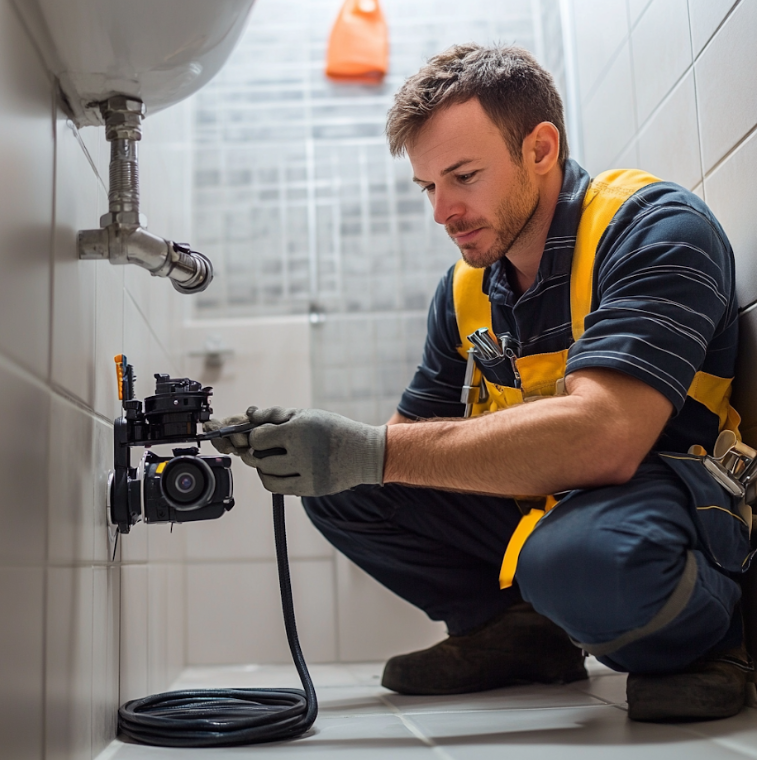Discover how to unclog a drain and put an end to slow sinks and overflowing showers effortlessly. I know it’s annoying, but do you know these minor issues are usually caused by everydays common things that build up in our pipes. Hair, soap buildup, and food particles or grease are the main culprits behind clogged drains. Due to this build up in pipes, it restricts water flow which leads to those pesky clogs. Don’t panic! The good news is you can solve this problem by yourself, no need to call a plumber right away. With just a few easy to find tools and household ingredients you can solve many drain problems. In this bloge we will guide you to how to unclog a drain with simple tools, and beginner friendly techniques.
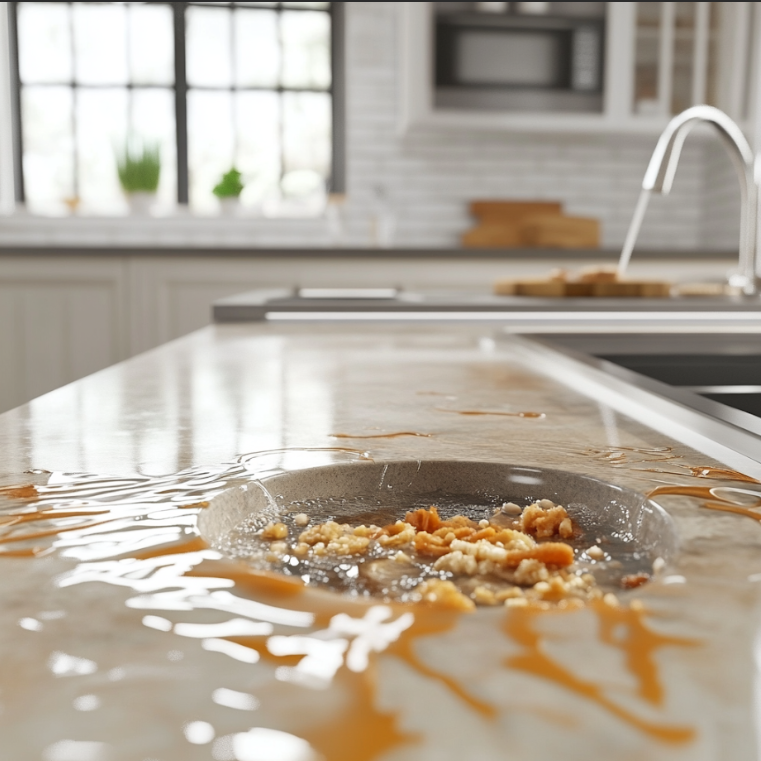
Safety First: Essential Precautions Before Starting
Safety is important for doing any kind of operation by yourself. The same applies here, safety should be your top priority when dealing with a clogged drain. For your safety we prepare you to wear protective gloves and eye protection to guard against splashes, especially if you are using any kind of cleaning chemicals. Before using a chemical drain cleaner, read the instructions carefully, also don’t mix it with other chemicals, and use it in a well-ventilated area. Also work carefully when you are using a plunger or drain snake, because it may do damage to the pipes. Before starting your operation make sure the area around the drain, where usually you will work is clean and dry to avoid slips and falls.

Assessing the Type of Clog: Surface or Deep Blockage?
To shorten your working time and to do it effectively you need to identify the type of clog, also based on its type you need to select the right method to clear it. For identification, start by observing how quickly water drains. If you observe the water drains slowly or backs up right away, then it’s likely a clog near the drain which is caused by hair, soap scum, or food particles. And to clean this type of blockage you can use basic tools like tweezers, a small hook, or a plunger.
If you observe that the water drains slowly but there’s no visible blockage near the drain opening, then these indicate the issue deeper within the pipes. These deeper clogs are usually caused by a buildup of grease, mineral deposits, or, in some cases due to tree roots. To confirm this is a deeper clog, pour a small bucket of water down the drain, if you notice any kind of symptoms like backs up or drains extremely slowly then its deeper blockage. And to clean this type of blockage you need to use a drain snake or auger.
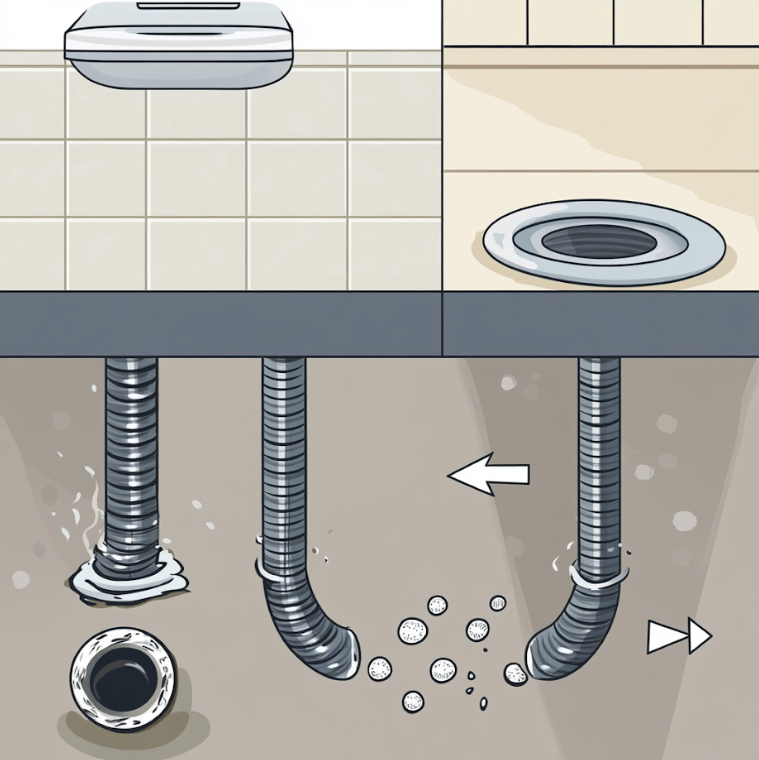
Method 1: Using a Plunger to Unclog a Drain
These types of tools are generally used to unclog the common drain clogs. Here’s how to do it right:
Position the Plunger:
- To start the operation place the plunger cup over the drain, while you are placing it ensure it fully covers the opening to create batter suction. If you are working on a sink or bathtub, which has an overflow hole, then use a wet cloth to cover the overflow hole because it will maximize suction.
Get a Tight Seal:
- To get the best results, add a little water to the sink or tub so that the plunger cup is covered. Press down firmly to create a tight seal and push the clog out.
Plunge with Controlled Force:
- Begin with a few slow plunges to loosen the clog, then increase the force of your plunges. Push down and pull up firmly, without breaking the seal, about 10-15 times. You need to follow this step to create enough force to dislodge the clog by moving water through the pipe.
Check for Drainage:
- After completing a few plunges, lift the plunger to see if the water is draining properly or not. If it’s draining slowly, then plunge a few more times to clear it.
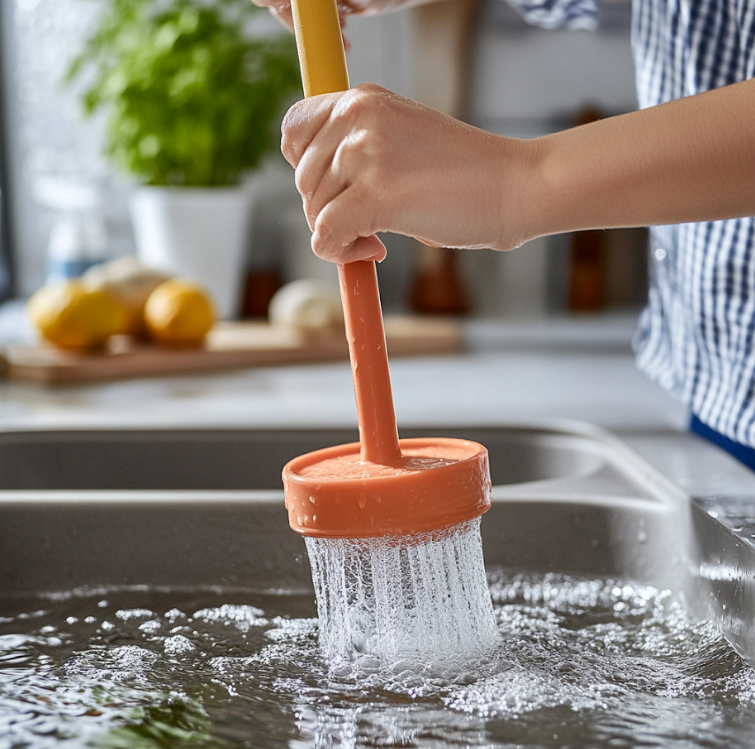
Method 2: Using a Drain Snake or Zip-It Tool
These types of tools are generally used for tackling clogs caused by hair, soap scum, or debris stuck further down the drain, also you can say that it’s an ideal tool for this type of problem. These tools are simple yet highly effective, especially for bathroom sinks, showers, and tubs.
Understand the Tool:
- A drain snake is a flexible wire that can reach and remove clogs, and a Zip-It tool is a plastic stick with barbs that can grab and remove debris. Both tools are affordable and you can find these tools at hardware stores or online.
Insert the Tool Slowly:
- Start your work by inserting the tool into the drain slowly to avoid damaging the pipes. Push down gently until you feel resistance, which indicates the location of the clog.
Twist and Pull:
- After reaching to clog, twist the tool to capture the debris. If you are using a snake tool then rotate its handle to wind it around the clog. If you are using a zip-it tool then twist slightly to engage the barbs. After confirming that you engage the barbs with your tool then pull the tool up carefully, bringing out hair and other material caught in the drain.
What If It’s Stuck?
- If you feel that your tool feels resistant then wiggle it slightly to loosen the blockage. If a regular drain snake doesn’t do the trick, you can try a heavier-duty one, which you can buy at a hardware store.
Check for Remaining Blockages:
- Once you complete the above all steps then run hot water to check for clear drainage. If you face any problem then repeat above all steps until the drain flows freely.
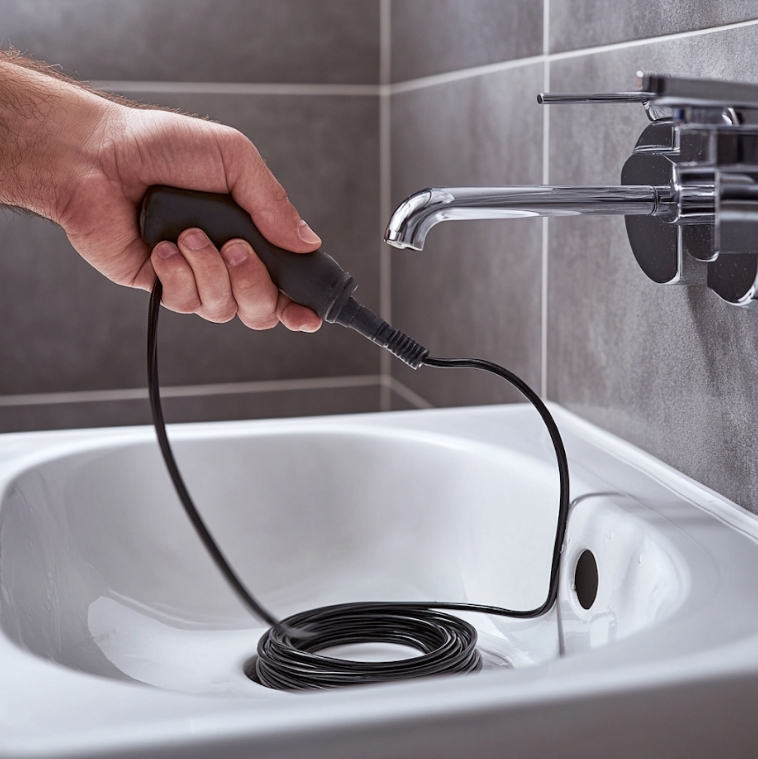
Method 3: Natural Solutions – Baking Soda and Vinegar
The combination of baking soda and vinegar is a popular and widely used natural solution for unclogging drains, which is also a non toxic method also safe to use. It’s an environmentally friendly solution that’s readily available, making it a great choice for small clogs and routine drain maintenance.
Start with Hot Water:
- Begin this method by pouring a pot of hot water, and remember not to boil water because it may damage your piping line. This helps loosen up any grease or residue, making it easier for the baking soda and vinegar to work effectively.
Add Baking Soda:
- After pouring the hot water now measure half cup of baking soda and pour it directly into the drain. Baking soda’s rough texture helps to loosen the clog and begin the dissolving process.
Pour Vinegar and Let It Fizz:
- After the baking soda, pour a cup of vinegar down the drain. The fizzing reaction between the two will help break up the clog. Cover the drain loosely for 5-10 minutes to let the reaction settle and work through the clog.
Finish with Hot Water:
- After completion of 10 minutes now pour hot water again into the drain to flush out the loosened the debris.
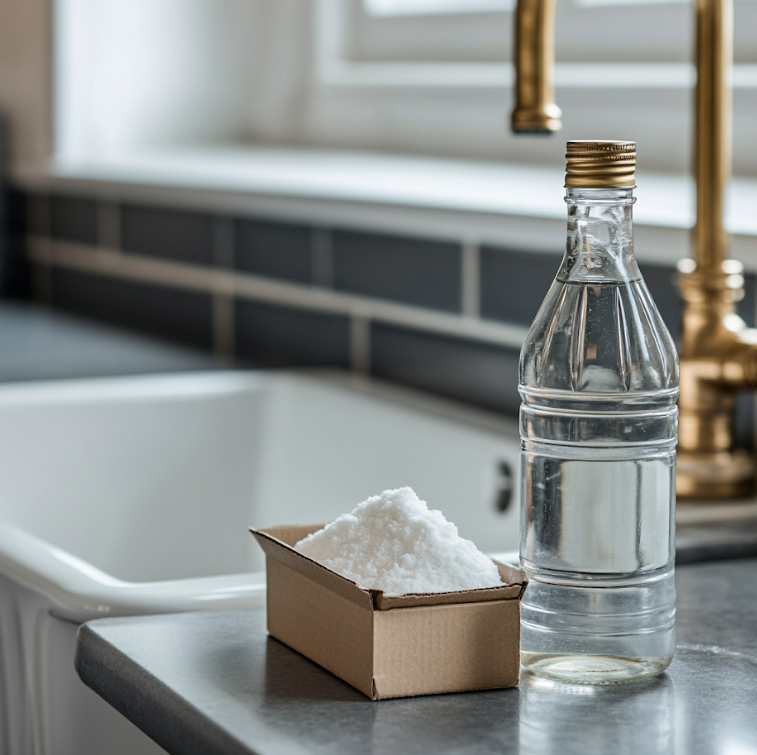
Method 4: Boiling Water for Minor Clogs
For minor clogs like grease related clogs boiling water is one of the effective solutions. This method works best on kitchen sinks where grease buildup may be the main cause for the clogs problem.
Boil the Water:
- To cleanse these types of clogs we need highly boiling water, for that reason heat a pot of water until it reaches a rolling boil.
Pour in Intervals:
- Once the water reaches the rolling boil point now carefully pour the boiling water down the drain in two or three separate intervals. Give a few seconds between each pouring. This gives the hot water time to soften and flush away the grease or residue clogging the pipes.
Safety Tips:
- Avoid using boiling water if you have PVC pipes, as extreme heat can warp them. Instead, use hot (but not boiling) water.
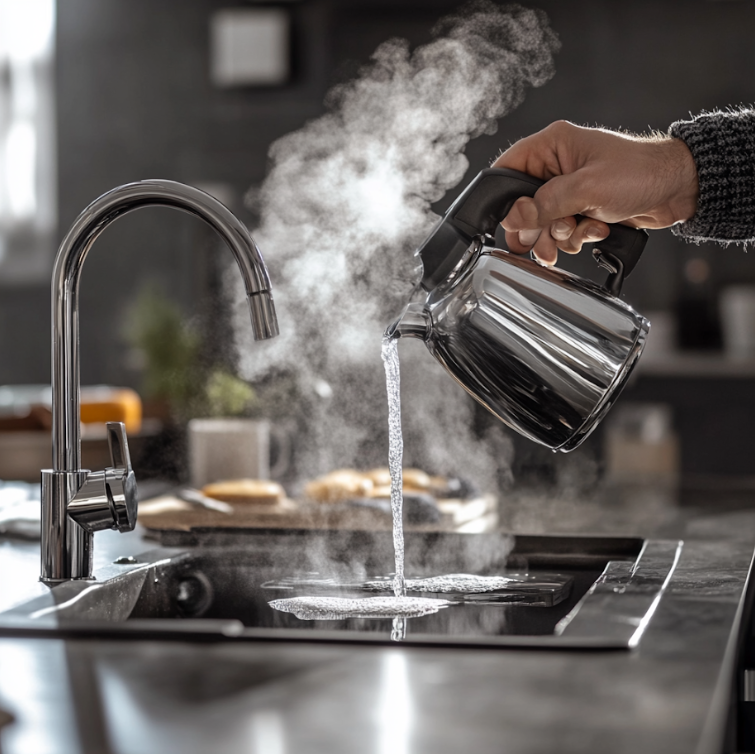
Method 5: DIY Wire Hanger for Hair and Small Debris
You can use a homemade wire hanger to quickly and easily remove clogs that caused due to hair and small debris. Follow the given below steps to make one:
Prepare the Hanger:
- First of all take a wire hanger to prepare it for the future operation. Now with the help of tools straighten it, then bend one end to form a small hook.
Use the Tool Carefully:
- After the preparation of homemade hanger, insert the hooked end slowly into the drain, after inserting it gently twisting to catch hair and debris. When you feel that you catch some hair or debris then pull the hanger out slowly to avoid splattering or dropping debris back into the pipe.
Safety Note:
- Be careful when using a wire hanger on metal pipes to avoid scratching the inside of the pipe. Take your time and avoid pushing too hard to prevent damaging the pipes.
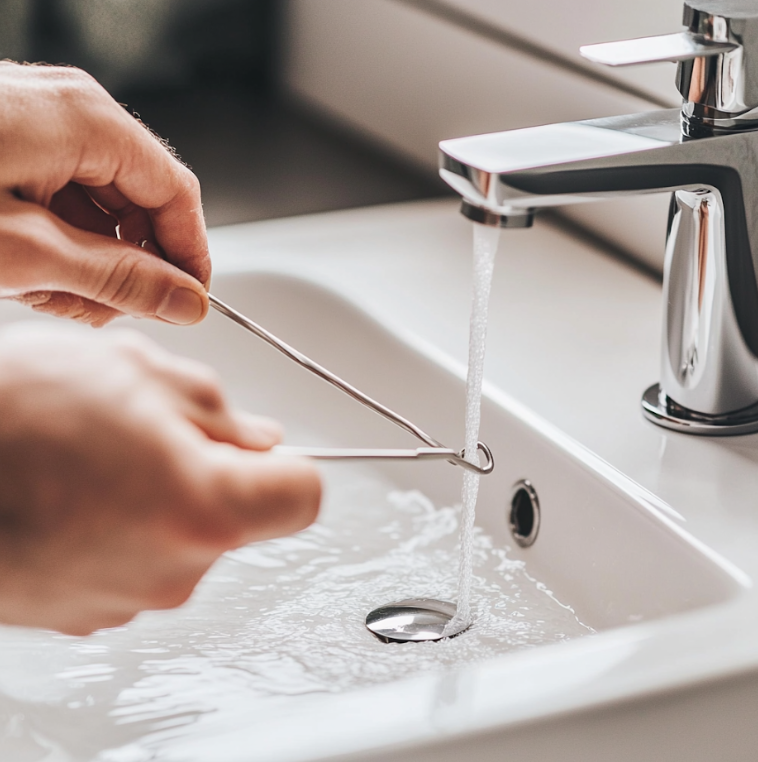
When to Call a Professional
In the worst situation DIY methods may not be enough to clear a stubborn clog. If you tried all above methods and still it’s blocked, then it’s likely time to call a professional plumber. If you have recurring clogs, there might be a bigger problem, like tree roots in the pipes or a buildup in hard-to-reach areas. Professionals have access to advanced tools like augers, hydro jetting equipment and specialised cameras to diagnose and clear major blockages.
